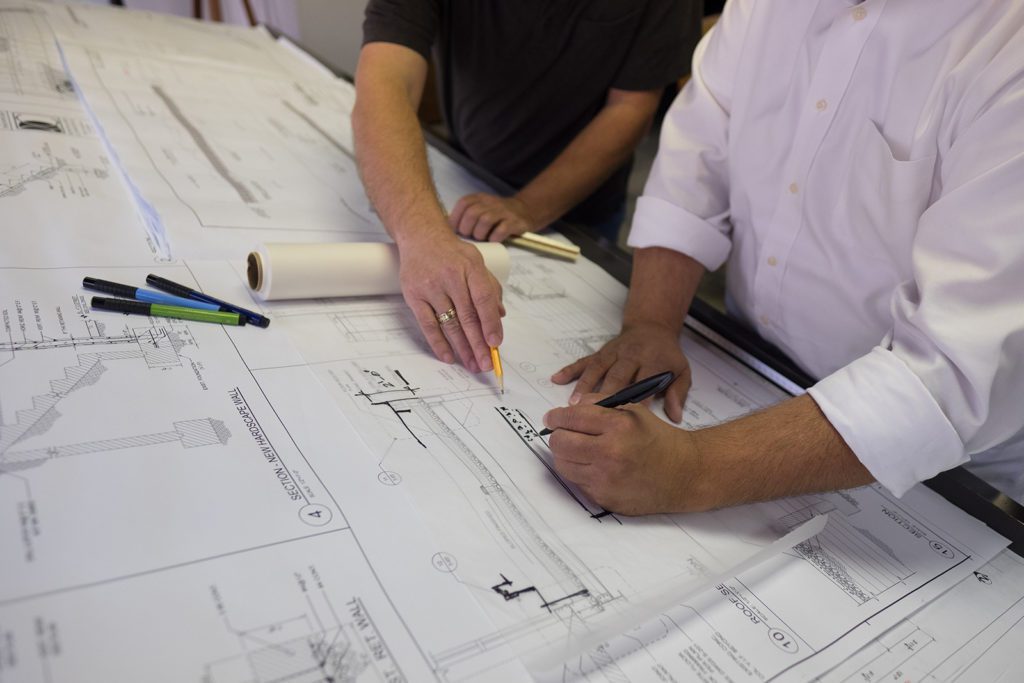Preconstruction
Insuring projects are completed with design intent intact
Our Goal, Like Yours, Is to Fully Realize Design Intent
Every project is budget driven to one degree or another. Ideally, we are brought in early, while budgets and scopes are still somewhat fluid. At this stage, we can develop preliminary budgets to determine what is achievable and the best way to make it happen. With traditional build-to-spec methods, the the elements that most reflect the creativity of the architect and the unique style to be delivered to the owner are the last thing to be considered.
We work to protect this scope by recognizing early what it takes to produce it and to help our clients find a way to keep it. Without this kind of preplanning, the most interesting part of the scope can get eliminated to save costs.
Our goal, like yours, is to fully realize the design intent and we have multiple strategies to help you get there.
The Budget is Protected, Schedule is Met, & Scope Creep is Eliminated
In our design-assist capacity, we work with the architect, GC, and owner to review and refine a project’s scope. We analyze every step of implementing the design for material capabilities, existing conditions, structural considerations, installation issues, and resource availability. By working through every step early we can help to eliminate coordination issues and cost overruns before they happen.
We may suggest alternate materials or manufacturing techniques. We will look for ways to pre-build scope as modular components, instead of stick-building on-site. This eliminates weather delays, provides cleaner conditions for fabrication and finishing and minimizes our time on site. The modular approach protects the schedule, improves quality, and simplifies coordination with other trades. Additionally, what could be a multi-trade component becomes a single scope run by a single subcontractor.
Signature Scope is Fully Realized, and Executed Smoothly and Efficiently
We will often suggest a material or finish based on the initial design concept. We do not push or require any specific product, but analyze each case to determine what will work best. We routinely work with ACM and other composites; flat, perforated and corrugated metals; real and faux wood products; tempered glass, fiberglass, acrylic and polycarbonates and finishes including catalyst hardened urethans; powder coating, Kynar, anodizing and even galvanizing. Each of these products has its strengths and uses, and each has its pitfalls. We will base our recommendations on existing conditions and environmental exposure; expected abrasion; viewing distance; etc. None of these recommendations are mandatory, they are merely a suggestion based on material suitability. Because every project we work on is unique, we have no set catalog of products to limit our options.
Our versatility often allows us to find a solution when the design goals seem to exceed the available budget.




